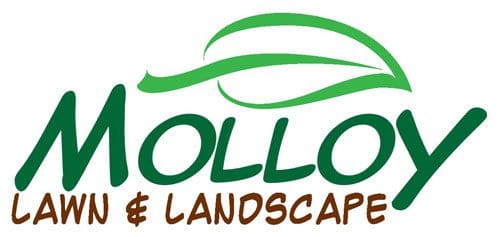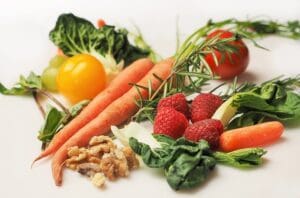Recently we did a glossary of tree terms from A to L. So, this is a continuation of that post so you’re familiar with all of the terms we may be using on our site and in our blogs.
Margin – A leaf’s edge.
Midrib – The central vein or primary rib of leaves.
Native – Original and inherent to the geographical area.
Opposite – 2-3 leaves right across from one another on one twig.
Palmate – Lobes, blades or veins of a leaf arranged similar to fingers on a hand.
Persistent – Deciduous blades remaining on a tree for over a year.
Petioles – Leafstalks which connect blades and twigs.
pH – Alkalinity or acidity that ranges from 3 (very acid) to 11 (very alkaline). 7 is the neutral number.
Phytoremediation – Using trees to take chemicals up. This binds some material in inert forms with a tree and converts some to other types of substances.
Pinnate – Blades of veins or lobes that are arranged similar to vanes on a feather.
Pistil – The organ of a flower that bears seeds. It has a stigma and an ovary.
Pollination – The art of transferring pollen from an anther to a stigma, which results in fertilization. This can happen on one plant or in between various plants. Natural pollination can happen with wind or insects, to name just a couple.
Reforestation – Planting a forest that was lost because of pests, disease, logging, fire or drought. This restores beauty to a landscape and provides habitat and food for wildlife.
Riparian zone – This is an ecological transition section between an upland zone and an aquatic zone. A riverbank would be an example.
Rootstock – A root where scion’s grafted.
Samara – Fruit that’s winged.
Scion – An area of a tree budded or grated to the rootstock.
Self-fertile – This means its fertile because of the plant’s own pollen. Because of this, it’s theoretically possible for the ovules and pollen to come together with the help of things such as bees. This can produce fruit even though there’s no other trees around.
Self-pollinating – A specimen that’s self-fertile that doesn’t require pollinators for uniting the ovules and pollen.
Simple leaves – Single leaf blades with buds at the bases of their stems.
Sinus – Indentation in between a leaf’s lobes.
Specimen tree – One tree placed so that people are able to enjoy things such as its texture, scent, color or another type of pleasure it will provide.
Spurs – Twigs that are stubby and often sharp.
Teeth – Notches on a leaf’s outer edge.
Triploid – Has 3 chromosome sets instead of 2 and has sterile pollen.
Xeriscape – Saves water while maintaining plants such as trees in a landscape.
Again, if you are looking for high quality tree care, give us a call. We’ll be happy to give you a quote and let you know what we can offer.



